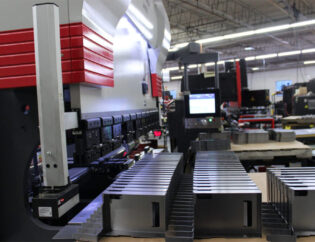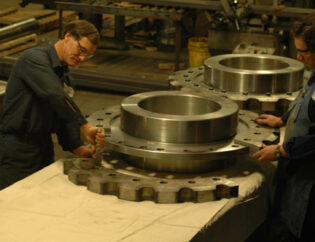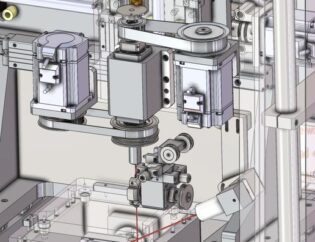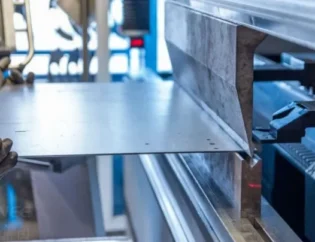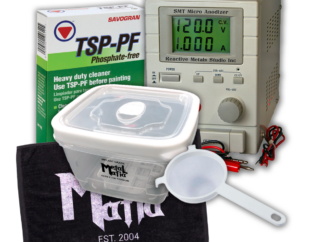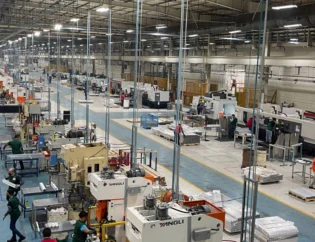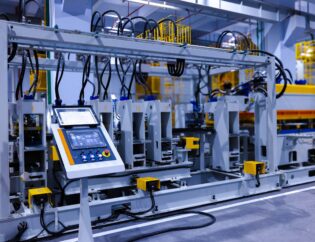In the world of manufacturing and machining, understanding the differences between CNC (Computer Numerical Control) machines and traditional lathes is crucial for both hobbyists and professionals. This guide delves into the unique features, advantages, and applications of each technology, helping readers make informed decisions based on their specific needs and projects.
As industries evolve, the choice between CNC and lathe machining can significantly impact efficiency, precision, and cost-effectiveness. By exploring the operational principles, capabilities, and limitations of both methods, readers will gain valuable insights into which technology best suits their requirements.
Throughout this guide, we will cover key topics such as the operational mechanics of CNC machines and lathes, their respective advantages, and the scenarios in which each excels. By the end, readers will be equipped with the knowledge to choose the right machining method for their projects, enhancing their productivity and craftsmanship.
CNC vs Lathe Machines: Key Differences Explained
In the world of manufacturing, CNC machines and lathe machines are essential tools for shaping and cutting materials. While they may seem similar at first glance, there are significant differences between these two machines that can impact their application and usefulness in various industries.
Understanding CNC Machines and Lathes
A CNC (Computer Numerical Control) machine operates through computer programming, allowing for precise control and automation. In contrast, a lathe machine is manually operated, with the operator controlling the tools and movement. This fundamental difference in operation leads to various applications and efficiencies in manufacturing processes.
Technical Features Comparison
| Feature | CNC Machines | Lathe Machines |
|---|---|---|
| Control | Computer-controlled | Manually operated |
| Operation Type | Automated, programmable | Manual, operator-driven |
| Precision | High precision with minimal error | Dependent on operator skill |
| Versatility | Can perform multiple operations | Primarily for cylindrical shapes |
| Setup Time | Longer due to programming | Shorter, more hands-on |
| Material Handling | Handles various materials | Typically metal, some plastics |
| Production Volume | Ideal for high-volume production | Best for low to medium volume |
Types of CNC Machines and Lathes
Both CNC machines and lathes come in various types, each suited for specific tasks and materials. Understanding these types can help in selecting the right machine for your project.
| Type | Description |
|---|---|
| CNC Mill | Uses rotating cutting tools to shape materials, ideal for complex designs. |
| CNC Lathe | Rotates the workpiece against stationary tools, best for cylindrical parts. |
| CNC Router | Cuts materials like wood and plastic, commonly used in cabinetry. |
| CNC Plasma Cutter | Uses plasma to cut through metals, popular in metal fabrication. |
| Engine Lathe | Versatile lathe for various applications, including heavy-duty machining. |
| Turret Lathe | Features multiple tools for quick changes, enhancing productivity. |
Key Differences Between CNC and Lathe Machines
The main difference between CNC and lathe machines lies in their operation. CNC machines rotate cutting tools around stationary material, while lathe machines rotate the material against stationary cutting tools. This distinction affects the types of shapes and parts each machine can produce.
Applications of CNC and Lathe Machines
CNC machines are ideal for complex designs and asymmetrical objects, making them suitable for industries like aerospace and automotive. They excel in producing intricate parts with high precision. Conversely, lathe machines are best for creating symmetrical and uniform objects, such as shafts and screws, making them valuable in manufacturing and repair shops.
Choosing the Right Machine for Your Needs
When deciding between CNC and lathe machines, consider your specific requirements. If your focus is on working with cylindrical surfaces and producing uniform parts, a CNC lathe is the ideal option. For projects involving complex shapes and multiple operations, CNC milling machines are more suitable.
Consulting with experts from sites like knowcnc.com or www.cncyangsen.com can provide valuable insights into which machine best fits your needs. Additionally, understanding the advantages and limitations of each machine can help maximize efficiency and productivity in your manufacturing process.
Conclusion
In summary, CNC machines and lathe machines serve distinct purposes in the manufacturing industry. CNC machines offer automation, precision, and versatility, making them ideal for complex tasks. In contrast, lathe machines provide hands-on control and are best suited for simpler, symmetrical parts. Understanding these differences is crucial for selecting the right machine for your specific project needs.
FAQs
1. What is the primary difference between CNC machines and lathe machines?
CNC machines are automated and controlled by computer programming, while lathe machines are manually operated, with the operator controlling the tools and movement.
2. Which machine is better for high-volume production?
CNC machines are generally better for high-volume production due to their automation and efficiency in producing consistent parts.
3. Can CNC machines handle different materials?
Yes, CNC machines can handle a variety of materials, including metals, plastics, and wood, making them versatile for different applications.
4. Are lathe machines suitable for complex shapes?
Lathe machines are primarily designed for creating cylindrical and symmetrical shapes, making them less suitable for complex designs compared to CNC machines.
5. Where can I find more information about CNC and lathe machines?
You can find detailed information on websites like knowcnc.com, www.cncyangsen.com, and www.apecusa.com, which provide insights into various machining processes and equipment.

